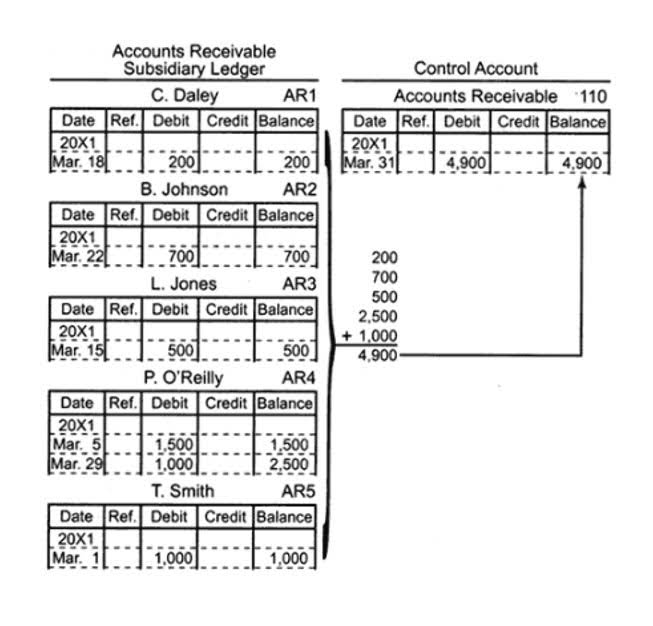
The balance sheet reports a company’s assets, liabilities, and owner’s (or stockholders’) equity at a specific point in time. Like the accounting equation, it shows that a company’s total amount of assets equals the total amount of liabilities plus owner’s (or stockholders’) equity. If a company keeps accurate records using the double-entry system, the accounting asset equals equation will always be “in balance,” meaning the left side of the equation will be equal to the right side. The balance is maintained because every business transaction affects at least two of a company’s accounts. For example, when a company borrows money from a bank, the company’s assets will increase and its liabilities will increase by the same amount.
Accounting equation
One challenge is that you’ll need sufficient non-retirement funds to pay conversion taxes now. Fluctuating investment returns and personal factors like deductions and state taxes also can affect the result of a Roth conversion plan such as this. If you stick with the $100,000 annual conversion, you move your entire IRA into Roth IRA account not subject to RMDs over a period of about 12 years, assuming the remaining funds in your IRA grow at 5%.
How to choose an accountant: 5 tips for small businesses

Our goal is to deliver the most understandable and comprehensive explanations of financial topics using simple writing complemented by helpful graphics and animation videos. We follow strict ethical journalism practices, which includes presenting unbiased information and citing reliable, attributed resources. Our team of reviewers are established professionals with decades of experience in areas of personal finance and hold many advanced degrees and certifications. At Finance Strategists, we partner with financial experts to ensure the accuracy of our financial content. 11 Financial is a registered investment adviser located in Lufkin, Texas. 11 Financial may only transact business in those states in which it is registered, or qualifies for an exemption or exclusion from registration requirements.
Why You Can Trust Finance Strategists
- Analyze a company’s financial records as an analyst on a technology team in this free job simulation.
- Now that you are familiar with some basic concepts of the accounting equation and balance sheet let’s explore some practice examples you can try for yourself.
- Note that if you do choose to pursue a Roth conversion, you won’t be able to make withdrawals within five years of opening the account.
- Additionally, the equation formula may also be broken down further on the capital part to detail the additional contributions of the capital.
- In other words, this equation allows businesses to determine revenue as well as prepare a statement of retained earnings.
- Alternatively, a gradual conversion of $100,000 per year could reduce that tax hit and spread it out over time.
Which is why the balance sheet is sometimes called the statement of financial position. All in all, no matter the case, total assets will always equal total liabilities plus owner’s equity. They include cash on https://www.bookstime.com/blog/mental-health-billing hand, cash at banks, investment, inventory, accounts receivable, prepaid, advance, fixed assets, etc. When the total assets of a business increase, then its total liabilities or owner’s equity also increase.

Liquidity of Assets
11 Financial’s website is limited to the dissemination of general information pertaining to its advisory services, together with access to additional investment-related information, publications, and links. Finance Strategists has an advertising relationship with some of the companies included on this website. We may earn a commission when you click on a link or make a purchase through the links on our site.

A Comprehensive Guide to Balance Sheets [With Examples & Components]
Equity is also referred to as net worth or capital and shareholders equity. The concept of expanded accounting equation is that it shows further detail on where the owner’s equity comes from. In this case, the owner’s equity will be replaced with the elements that make it up. Owner’s equity is the remaining of what the company has after deducting all liabilities from its total assets.
The nominal (or par) value is 1.00, and the accounting rules require the par amount to be reported separately from the additional above par. The additional amount above par is reported in an account called additional paid-in capital or share premium. Accountingo.org aims to provide the best accounting and finance education for students, professionals, teachers, and business owners. Understanding how the accounting equation works is one of the most important accounting skills for beginners because everything we do in accounting is somehow connected to it.


